
Source: Frank Bruni, New York Times
Now let’s look at a longer argument and analyze the evidence.
In the following essay from the New York Times, Frank Bruni makes an argument concerning invasive plants and animals. Let’s see if we can figure out what the claim is and what evidence Bruni uses to support the claim. In a longer text such as this, you may find several claims that may be supported with evidence. In this activity, you are going to be looking only for the major claim in the text. You are looking, in other words, for the main point.
As you read, consider whether the sentences highlighted in blue qualify as the major claim. Consider also whether the sentences highlighted in pink qualify as important evidence. You will be asked about the major claim and the evidence after you finish reading.
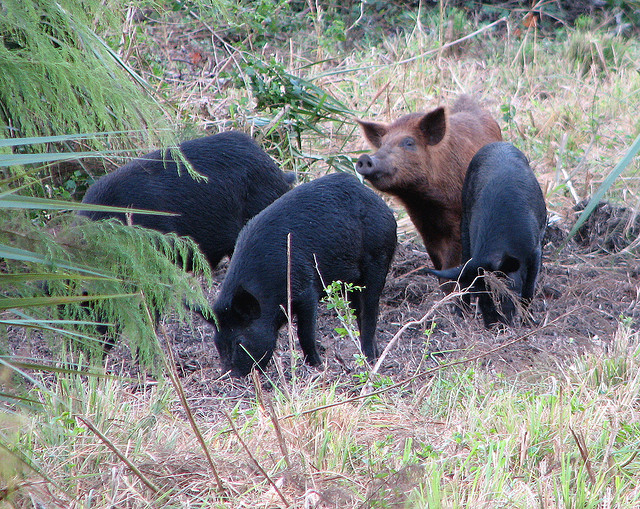
Source: Pigs, smccann, Flickr
Malicious but Delicious
By FRANK BRUNI
AUSTIN, Tex.
For your personal health, you should probably eat more vegetables.
But for the future of civilization as we know it?
More pork. Feral hogs, to be exact.
They’re multiplying like mad — like rabbits with hooves, tusks and an epic sense of entitlement — especially here in Texas, where an estimated 2.6 million of them routinely desecrate farmland by rooting up crops, decimate reptile populations by snacking on them, devour feed meant for livestock and probably do some other pernicious thing beginning in “de-” that won’t come to me right now.
Destroy enclosures! That’s it. Feral hogs have been known to chew and stomp their way into suburban yards and even onto Army bases, said Richard Heilbrun, a biologist with the Texas Parks and Wildlife Department. “And when you have a military installation with a fence problem,” he told me, “you have a national security problem.”
You also have an excellent reason to turn these hammy hellions into dinner.
That’s what the chef Ned Elliott was up to when I dropped by his Austin restaurant, Foreign & Domestic, on Friday. He and several other cooks were using deboned flesh from two feral hogs for porchetta, the beloved Italian roasted pork dish. They planned to serve it, along with giant Asian tiger prawns and Himalayan blackberries, at a special feast at the restaurant staged in cooperation with the Texas chapter of the Nature Conservancy.
The event had a saucy sobriquet, “Malicious but Delicious,” and a serious mission: to raise people’s awareness of, and ideally whet their appetites for, the bullies of the ecosystem, more formally known as invasive species, invasives for short. In certain areas of the United States, the hogs, the prawns and the blackberries qualify.
“They’re aggressive,” Elliott told me, providing a tidy case for their digestion.
All you principled environmentalists out there, you’re being lax. Your recycling is admirable and your farmers’ market patronage appreciated, but there’s a whole class of animals, fish and plants that are throwing the earth out of balance, and it’s time you turned not just your attention but also your bicuspids and incisors toward them.
They aren’t evil in and of themselves. They just don’t play so well with others, and proliferate ostentatiously. Many aren’t even meant to be part of the habitats they now maraud across, but thanks to human meddling, they ended up there, then got bossy about it.
“It’s as if you came home from work and a bunch of people had moved into your house,” said Laura Huffman, the Texas director of the Nature Conservancy. “Maybe they’re nice enough, but they’re still eating all your food and sitting on your furniture, and that’s going to disrupt the way your family lives.”
She was referring not only to hogs and tiger prawns but also to European green crabs, now common in Maine, where they prey on unsuspecting scallops.
Also Asian carp, the thuggish mobsters of the Mississippi, though maybe not for long. There’s been talk of rebranding them as “Kentucky tuna.”
Edible invasives are cataloged on a Web site aptly titled Eat the Invaders. It reflects a slowly growing awareness of the problem and a fledgling effort by ecologically minded chefs to address it.
In New York not long ago, the chef Kerry Heffernan prepared Asian carp and lionfish, which pose a ferocious threat from the Caribbean to the Carolinas, for a dinner at the James Beard House. At Miya’s Sushi in New Haven, Bun Lai regularly promotes such invasives as Asian shore crabs and burdock, a plant whose root is a delicacy in Japan. . . .
While Texans have accelerated their killing of hogs to about 30 percent of the population annually, that still allows for a doubling of the population over a five-year period. And that underscores the strange blind spots in the ways of us conscientious omnivores, who congratulate ourselves on foraging and on nose-to-tail eating while failing to chow down adequately on an entire breed just begging to be bacon.
Our first step in analyzing this argument is to decide on the claim. Below are all of the passages that are highlighted in blue. Click the sentence that you think is the major claim made in this argumentative essay.

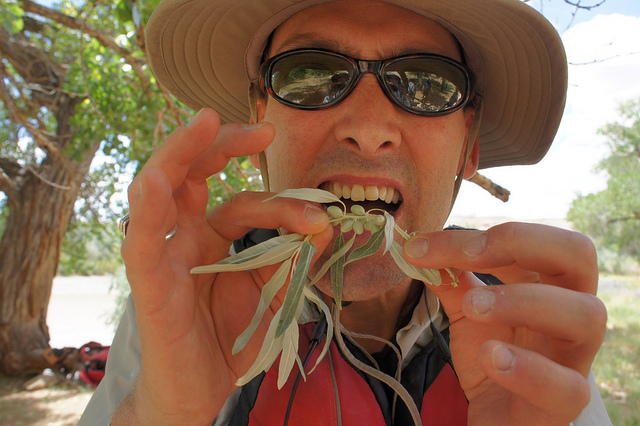
Source: We ate Russian Olives an invasive species, amymyou, Flickr
Bruni states the claim in a rather indirect way.
Bruni: “[T]here’s a whole class of animals, fish and plants that are throwing the earth out of balance, and it’s time you turned not just your attention but also your bicuspids and incisors toward them.”
Before you match the claim with evidence, let’s restate the claim in simpler language. Which of the statements below most accurately matches the meaning of Bruni’s statement?
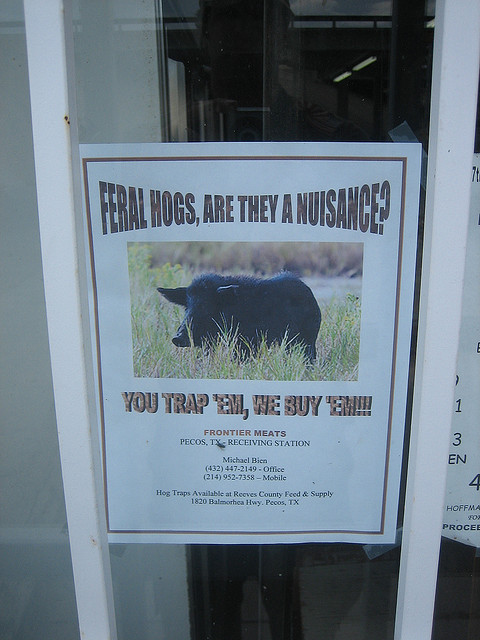
Source: Feral Hogs, Kid Kameleon, Flickr
Now, let’s analyze the evidence that supports this claim.
You can check it by using a test frame. The “frame” is the claim connected to the evidence with the word because.
The frame you will use is “We should kill and eat more invasives because _______________.”
If the evidence makes sense when you put it into this frame, it is probably good evidence.
Let’s try out the first passage highlighted in pink to see if it will qualify as evidence. Here it is in a test frame with the claim.
We should kill and eat more invasives because feral hogs have been known to chew and stomp their way into suburban yards and even onto Army bases.
Does this sentence make sense? Is the destruction of yards and fences on Army bases a reason to kill feral hogs and eat them? Click to choose your answer.
Put the rest of the evidence in the frame. For each passage of possible evidence, select the button that reflects your answer.
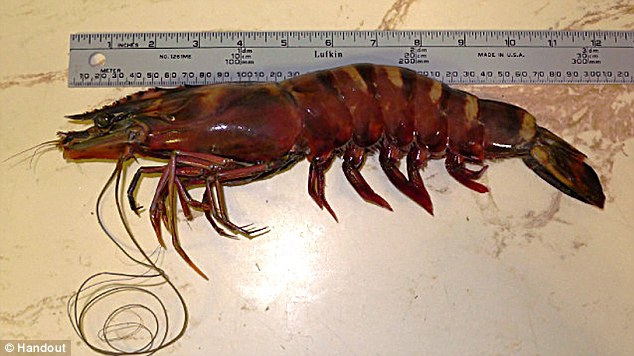
Source: Asian black tiger shrimp (a quarter-pound behemoth) -- Giant cannibal shrimp more than a FOOT
long invade waters off Gulf Coast (26 April 2012) ...item 2.. Southport shrimper Royce Potter holds
a Black Tiger Shrimp (Wednesday, September 16, 2009) ..., marsmet501, Flickr
1. We should kill and eat more invasives because some chefs “planned to serve [feral hog], along with giant Asian tiger prawns and Himalayan blackberries, at a special feast.”
2. We should kill and eat more invasives because “Recycling [by environmentalists] is admirable and [their] farmers’ market patronage [is] appreciated.”
3. We should kill and eat more invasives because “they just don’t play so well with others, and proliferate ostentatiously.”
4. We should kill and eat more invasives because “It’s as if you came home from work and a bunch of people had moved into your house.”
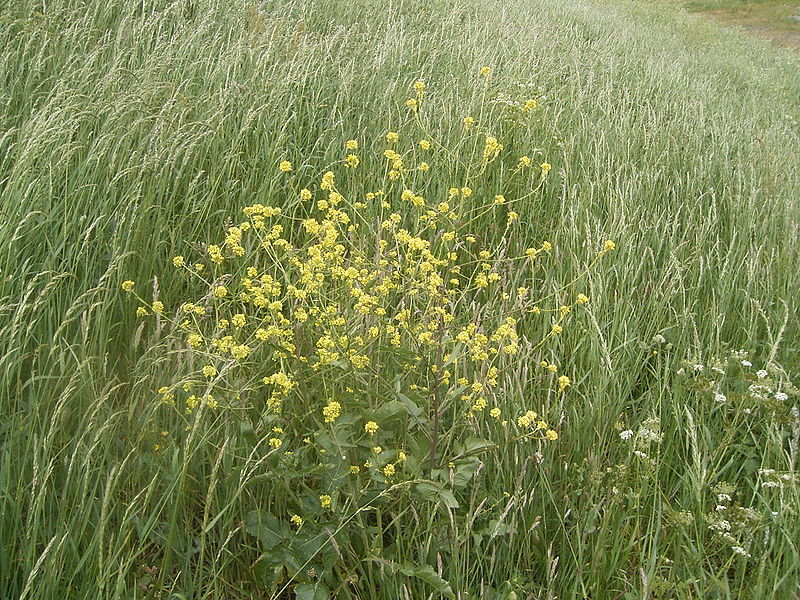
Source: Bolletjesraket 19-05-2006 12.33.52, me, Wikimedia